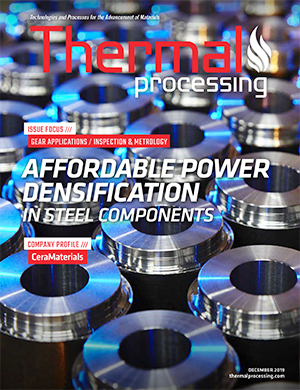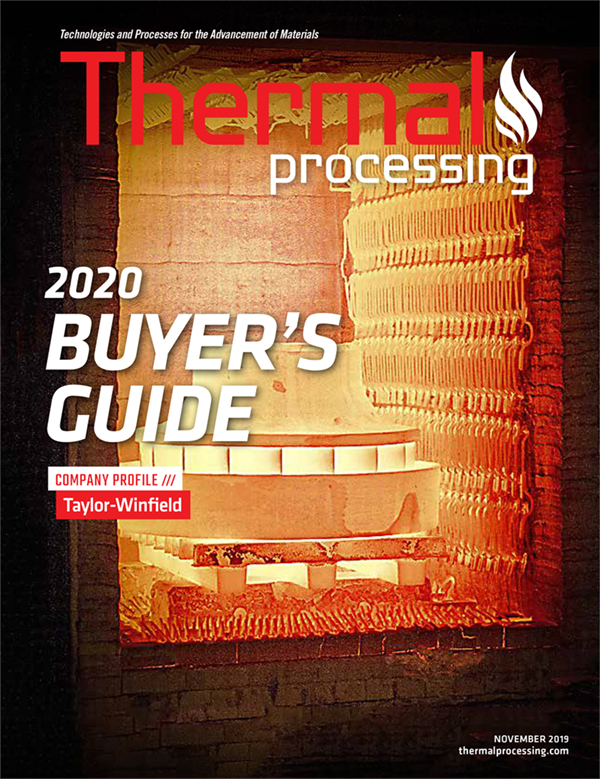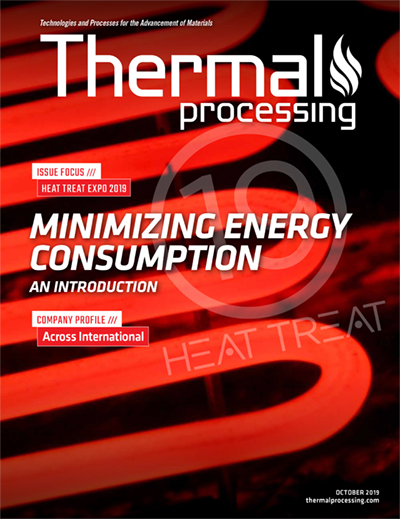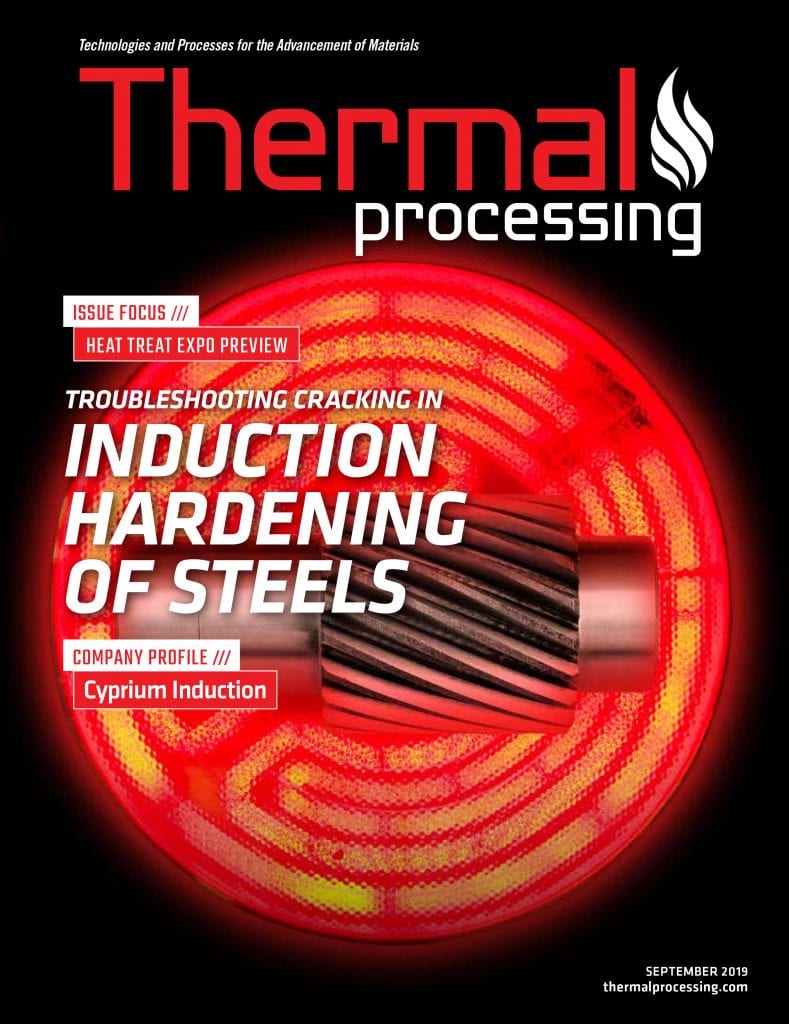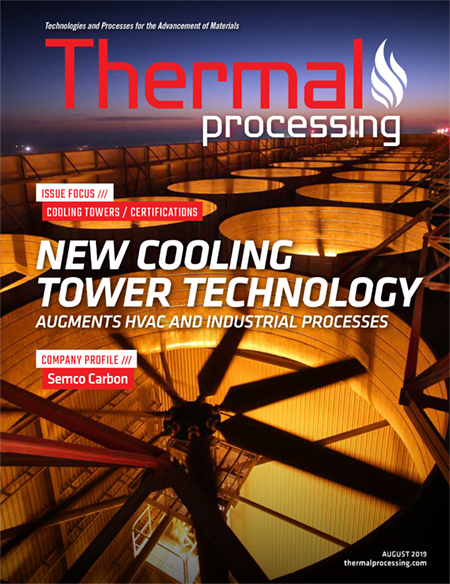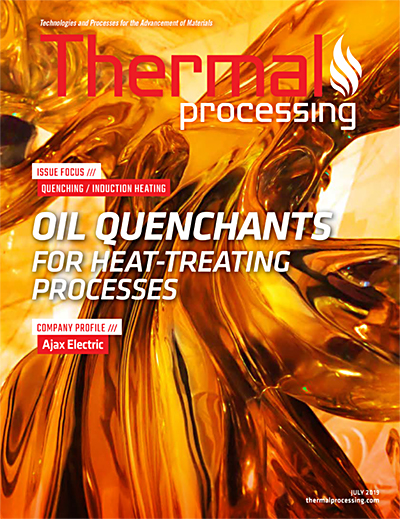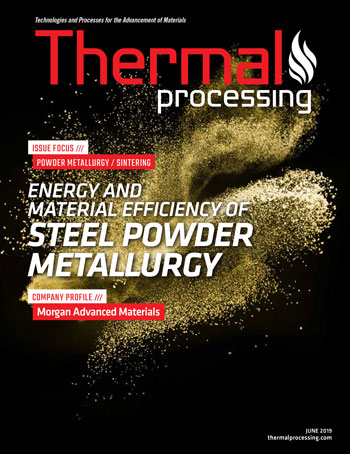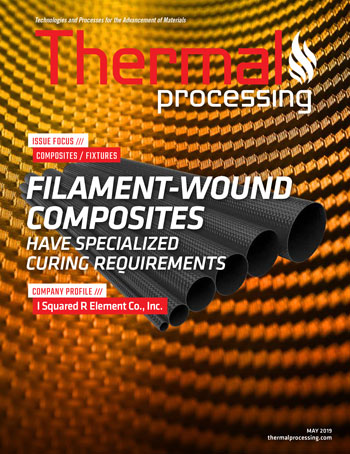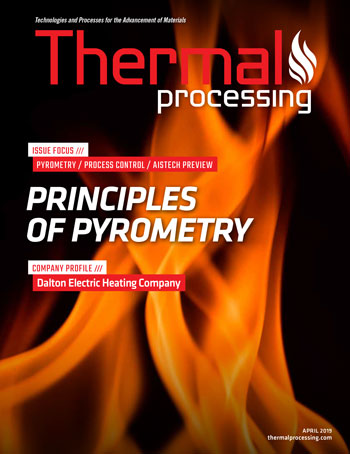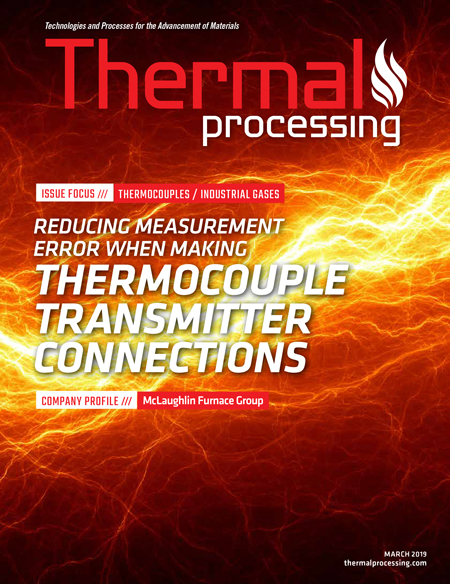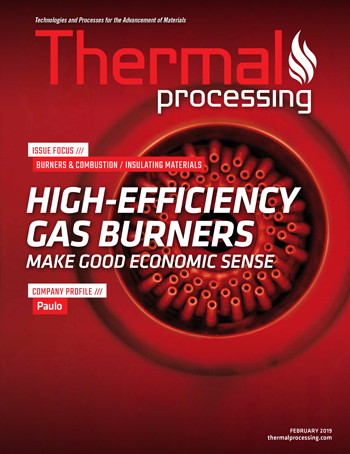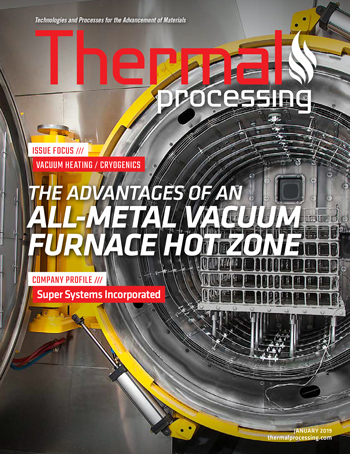Archives
December 2019
Combining cleanness, strength, and toughness for affordable power densification in steel components
Increased power density in mechanical power transmission components means greater durability — allowing existing designs to achieve greater capacity or reduced size and mass for light weighting. After decades of work on adjusting gear-manufacturing practices, improving surface finishes, and changing designs to improve performance, trends are now turning toward a focus on improved performance with […]
Nonlinear electromagnetic acoustic testing method for tensile damage evaluation
This paper describes an approach for measuring material plasticity using contactless electromagnetic acoustic method. Harmonic generation from noncumulative fundamental longitudinal wave in specimen is studied based on numerical method, and the contribution to harmonic generation from tensile damage is shown to be higher than that from a geometric factor; more serious damages increase the amplitude […]
October 2019
Troubleshooting and Prevention of Cracking in Induction Hardening of Steels: Lessons Learned – Part 2
One of the most common applications of induction heat treatment is the hardening of steels, cast irons, and powder-metallurgy materials, developing an attractive blend of engineering properties [1]. In some applications, it may be desirable to obtain a certain combination of hardness, wear resistance, and contact-fatigue strength at the surface or near-the-surface areas without affecting […]
Optimizing Temperature Measurement in Heat-Treatment Operations
Quality and efficiency in heat-treatment operations requires accurate temperature measurement. Specifying thermocouple wire and thermocouples carefully will lead to greater temperature measurement accuracy and less scrap or re-work. First, consider whether the need is for thermocouple cable or for thermocouple extension cable. Thermocouple cable is made to survive inside the furnace and may be used […]
September 2019
Troubleshooting and Prevention of Cracking in Induction Hardening of Steels: Lessons Learned – Part 1
Newly employed heat-treat engineers, designers and practitioners may need an appreciable amount of time to gain the required knowledge and experience in understanding the subtleties of induction hardening. Underestimating specific geometrical features of parts and hardness patterns by novices, as well as negligence in understanding an impact of different process factors on the outcome of […]
August 2019
New Cooling Tower Technology Augments HVAC and Industrial Processes
Recent developments in factory-assembled cooling-tower technology are increasing the applications for so-called “package” towers supporting HVAC and industrial processes. Although field-erected towers have been preferred for power plants and industrial processes, today, well-designed modular products suit a broader range of applications to simplify processes and positively make an impact on their bottom line. For example, […]
Improving audit performance
To add value to the aerospace suppliers who participate in Nadcap, there is an ongoing effort to do more to assist them in successfully passing Nadcap audits efficiently. The Nadcap Heat Treatment Task Group, led by Cyril Vernault of Safran Group, has been active in this area, developing tools and holding technical workshops for companies […]
July 2019
Selection of Oil Quenchants for Heat-Treating Processes
Modern quenching oils offer a wide range of capability and performance. The selection of the proper quench oil is critical for proper heat-treating operations. The quenchant selected must provide consistent quenching the first time, as well as over the life of the quenchant. Improper selection of quench oil can result in short oil life, or […]
An In-Depth Look at Polymer Quenchants
Quenching of various alloys to achieve mechanical properties has been an area of scientific research for many years. Using polymer quenchants has proven to be one of the best methods to achieve mechanical properties due to its flexibility and safety. There are three major stages of polymer quenching: vapor phase, boiling phase, and convection phase. […]
Recent progress in three areas of induction-heating technology
This paper introduces recent research progress of induction heating technology at Baosteel, specifically the development of full coil static induction heating technology of the backup roller, the development of induction hardening technology of steel pipe, and research on sparking phenomenon during edge induction heating. A computer simulation method has been established and used in these […]
June 2019
Energy and material efficiency of steel powder metallurgy
Concern about global warming motivates the reduction of greenhouse gas emissions from manufacturing, but the environmental impact of the whole powder metallurgy production chain has not been assessed yet. This paper traces the flow of energy and material through the major powder-metallurgy processes from liquid steel to final products and assesses the efficiency of both […]
Sintering experiments under way on International Space Station
Gravity is a nonuniform stress that influences sintering densification, microstructure evolution, final properties, and dimensional uniformity. An early conjecture was that in the absence of gravity, more uniform sintering would be possible. That conjecture proved wrong. The removal of pore buoyancy, grain compression, and substrate friction results in less sintering densification and more distortion. We […]
May 2019
Filament-Wound Composites Have Specialized Curing Requirements
Filament winding is a manufacturing method for making tubular and cylindrical shapes of extreme strength and light weight. The technology involves wrapping a mandrel — which is a reusable steel core with resin-impregnated carbon fiber, Kevlar, or Fiberglas fiber — and then curing it in an oven. The mandrel is rotated while the fiber is […]
Machining graphite components
The various forms and fixtures used in vacuum furnaces and various sintering operations nearly all require graphite. Machining some of these graphite components can present challenges. Two of the most common challenges are: Furnace components: Heating elements and measuring electrical resistivity. Sintering process: Eutectic melting issues. First, let’s discuss vacuum furnaces and the purpose of […]
April 2019
Principles of pyrometry
Regarding comprehension, on a scale of 1 to 10, AMS2750E is about a 12. Practically speaking, when an engineer, quality person, or operator picks up a specification, they select that specification because they know what to expect. In other words, if they are heat-treating martensitic corrosion-resistant steel parts, they will choose AMS2759 and AMS2759/5 because […]
The versatility of the pit furnace
Top-loading furnaces, commonly referred to as pit furnaces, have played a major role in the heating treating landscape for the last century or longer. They also perform the widest range of thermal processes compared to other heat-treating furnace designs and configurations. The following overview presents the various processes and reasons why a pit-type furnace would […]
March 2019
Reducing measurement error when making thermocouple transmitter connections
The thermocouple (TC) is a thermo-electric device used to measure temperature and nearly two-thirds of U.S. temperature measurement makes use of thermocouples. Most industrial applications use a TC to remotely sense temperature and then transmit its signal some distance using TC transmitters to monitor and control a process. The TC transmitter amplifies, isolates, and converts […]
Optimizing Gas Supply for Industrial Lasers
Laser cutting of metals and other materials has grown rapidly due to developments in laser power, advancements in CNC automation, and decreasing costs. The industrial gas requirements for lasers have been quite dynamic as well. Depending on the material to be cut, the process or assist gas can be air, oxygen, or an inert gas […]
February 2019
High-efficiency gas burners make good economic sense
Even though the price of natural gas is currently low, the investment in high-efficiency gas burners makes sense economically. This article discusses different types of high-efficiency gas burners and radiant tubes now on the market. It will also explain the tradeoff between efficiency and NOx emissions and highlight a combustion technology which makes it possible […]
The future of kiln lining fibers
Lining iron and steel furnaces is critical to extend the life of the furnaces and to protect the purity of the metals being heat treated. Therefore, choosing the best material to meet these needs is crucial. For many years, the first-choice material for the industry has been refractory ceramic fiber (RCF), which can withstand the […]
Selecting the correct industrial ovens for finishing applications
Finishing is defined as “completing the manufacture or decoration of a material or product by giving it an attractive surface appearance.” In industrial applications, this most often means applying paint or powder to the surface, and curing it in an oven. A wide variety of products in every industry has a finish coat applied. When […]
January 2019
The Advantages of an All-Metal Vacuum Furnace Hot Zone
For more than 70 years, the vacuum furnace has been available for metal processing requirements, and is widely accepted as the ideal equipment for solving all types of critical metallurgical requirements in the industry, and for producing clean and non-reacted work. The “Hot Zone,” or furnace internal, on vacuum furnaces has evolved throughout the years, […]
Freezing Out the Competition
Most companies are looking for a secret that can help them keep a step ahead of the competition — a little edge to run faster, cheaper, and more efficiently than the competitor. That secret is cryogenics. Cryogenic processing — the deep chilling of tool steel so that the molecular of the metal is brought to […]










